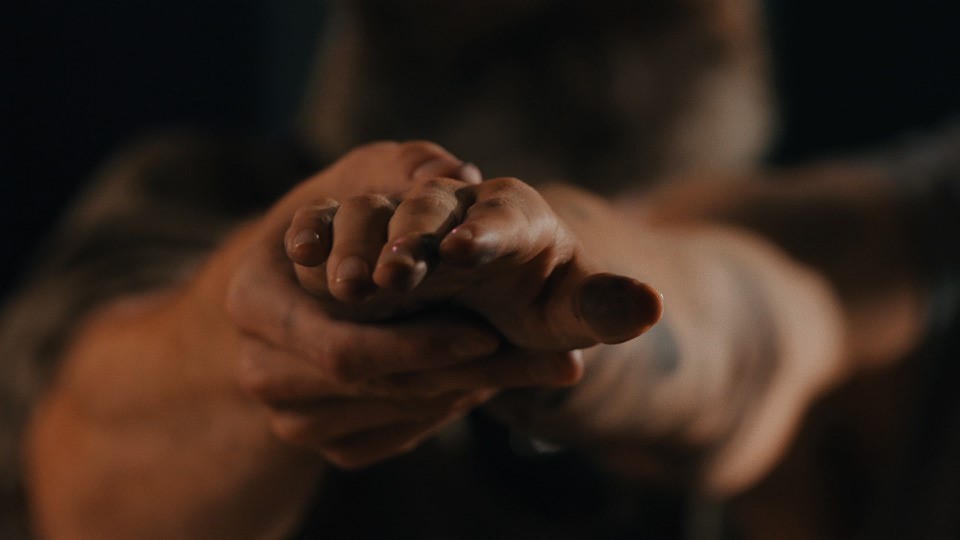After Douglas Crimp Questionnaire Response: Tiffany E. Barber
HOMAGE, a score for Douglas* Stand tall, feet together, feet apartSmile slightlyWalk in a circle around yourselfContinuing walking, marking a square perimeter around the circle you just madeStop whenever you feel like stopping Stand tall, feet together, feet apartSmooth your shirt, tuck it into your pantsPause Stand tall, feet together, feet apartLet your hands and arms dangle at your sidesBend your kneesHinge forward slightly at the waistSlowly hug your arms around the air in front youPause Stand tall, feet together, feet apartSmile slightly Sit in the nearby mid-century armchairPauseSlowly cross your legsSlowly bring your left hand to your foreheadRest your elbow on the arm of the chairRest your head in your handPauseFold your hands together, rest them on your bellyPauseSmile slightlyStand tall *repeat the score, increasing speed with every repetition, stop when you feel like stopping Dr. Tiffany E. Barber is a scholar, curator, and critic of contemporary visual art, new media, and performance who shared with Douglas a love for dance. Click here to return to the other questionnaire responses.

